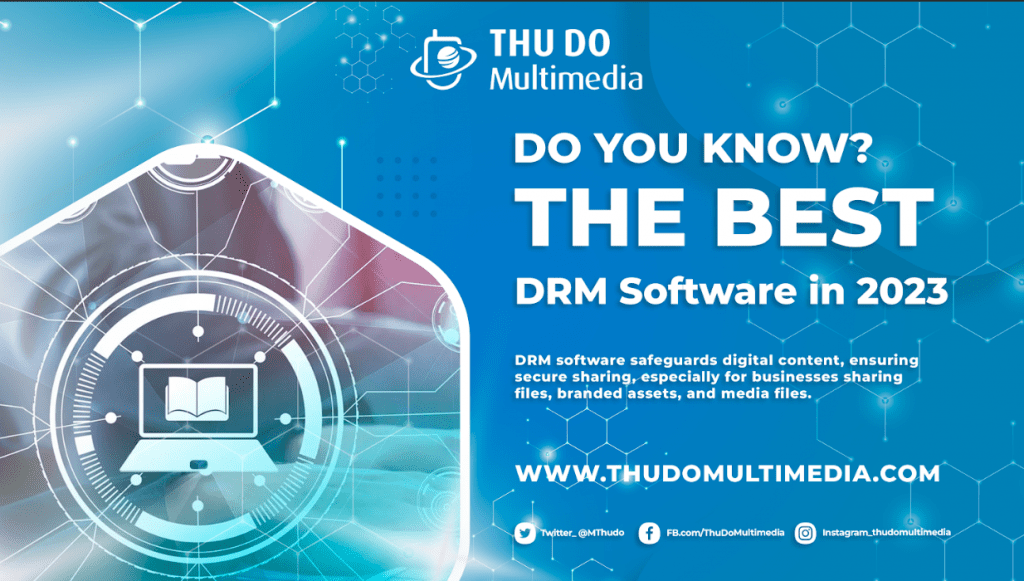Sharing video content with others can pose challenges, particularly when you need to safeguard your privacy and intellectual property. You may encounter copyright issues, unauthorized access, or data breaches. How can you securely share video content without compromising quality and control? Here are some tips and tools to help you:
1. Opt for a Secure Platform
The first step is to select a platform that offers encryption, authentication, and access control for your video content. Encryption ensures that your data is scrambled and can only be deciphered by authorized users. Authentication verifies the identity of users and devices accessing your content, while access control allows you to set permissions and restrictions on who can view, download, or share your content.
2. Implement Passwords and Watermarks
Enhance your video content’s security with passwords and watermarks. Passwords prevent unauthorized users from accessing your content, while watermarks discourage piracy and theft. You can apply passwords and watermarks using your platform’s features or video editing software. For example, using ffmpeg, you can add a watermark to your video with this command: ffmpeg -i input.mp4 -i watermark.png -filter_complex "overlay=10:10" output.mp4. This overlays the ‘watermark.png’ image onto ‘input.mp4’ at the specified position and saves it as ‘output.mp4’.
3. Embrace End-to-End Encryption
When sharing video content directly with others, consider using end-to-end encryption. This method encrypts data on your device and decrypts it on the recipient’s device, ensuring no intermediaries can intercept or tamper with your content during transit. End-to-end encryption is available in apps such as Signal, WhatsApp, Telegram, or browsers like Firefox Send and OnionShare.
4. Leverage VPNs and Proxies
To share video content across different regions or networks, you may encounter geo-blocking or censorship. Geo-blocking restricts access based on location, while censorship involves content blocking by authorities. VPNs (Virtual Private Networks) and proxies can help bypass these barriers by routing your traffic through other servers, concealing your true IP address and location. Popular VPNs and proxies include NordVPN, ExpressVPN, and Tor Browser.
5. Implement DRM and Encryption Keys

If sharing video content with a wide audience or monetizing it, you may need to use DRM (Digital Rights Management) and encryption keys. DRM controls how your content is used, distributed, or copied, while encryption keys unlock your encrypted content for authorized users. You can apply DRM and encryption keys on platforms like YouTube, Netflix, Amazon Prime Video, or through software solutions like Sigma DRM and Sigma Multi DRM
By following these tips and utilizing these tools, you can securely share your video content while enjoying the benefits of video technology. Additionally, consider exploring online courses, books, or blogs to further enhance your knowledge of video network security and privacy.


Recent Comments